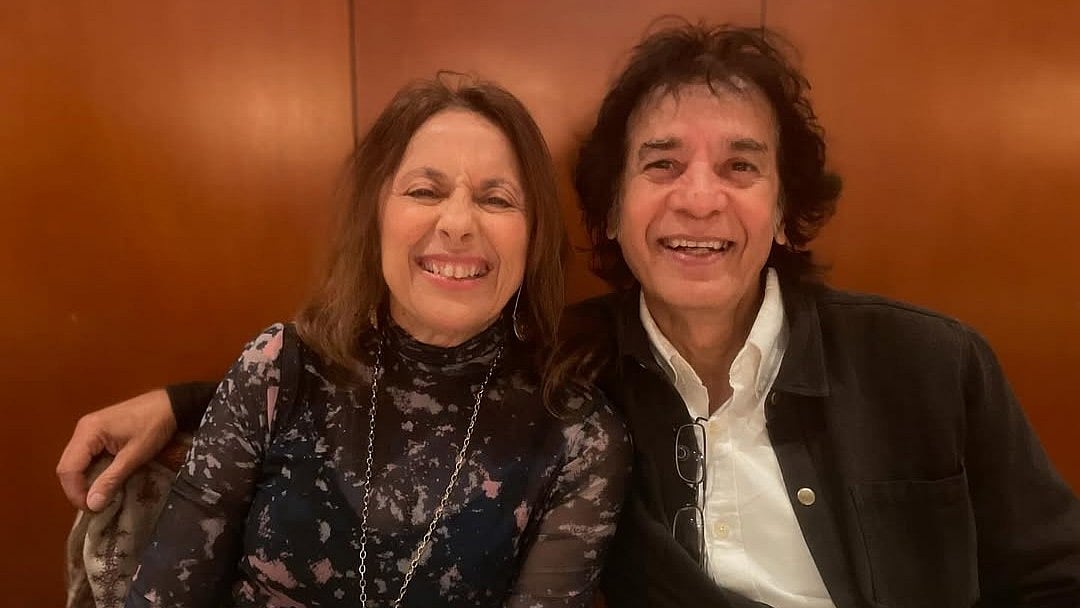While society at large is evolving, the LGBTQ+ community is fighting a far-reaching battle to get truly accepted, especially at workplaces. Offices are one of the places where LGBTQ+ employees face discrimination and ostracisation. Although many workplaces claim to have created an inclusive environment, employers admit they have a long way to go.
Juhi Mishra, senior manager, Human Resources – India, Randstad RiseSmart, says, “Despite having made great progress in terms of acceptance, we still have a long way to go in terms of sensitisation and overcoming inherent biases. Randstad RiseSmart has always supported inclusivity and diversity. This has helped us create a workforce that represents a strong team of happy employees.”
Vicky Jain, founder, uKnowva, a 360-degree HR Automation Software, points towards organisations opening to including LGBTQ+ employees after Supreme Court abolished Article 377 in 2018. He has seen Indian companies introduce inclusive HR policies to minimise workplace threats and provide a protected workplace.
“They are further given a choice to declare if they are comfortable about others knowing about their orientation. Inclusion also lists LGBTQ-inclusive healthcare policies, supporting events, making your employees aware of the available benefits, having an open dialogue about the organisation’s LGBTQ+ policies during the recruitment process,” says Jain.
While recruiting, Jain stays away from bias based on the person’s orientation and has incorporated a comprehensive workplace that forbids any kind of discrimination.
It is important that members of the community working in the corporate world too talk about this frequently. Sriram, a HR professional, narrates, “I would say a lot of companies, especially the MNCs, have come up with policies that are more diverse and inclusive in nature which is not the case in start-ups. Though the policies are in place, many miss out to include it in each and every vertical.”

Impact of homophobia
Raga Olga D’silva, author, entrepreneur and LGBTQ+ activist, backs the statements with a bit of difference though.
“As per the findings of the 2015 World Bank report, India lost USD32 billion, or 1.7% of the country’s GDP to homophobia. Several companies now have a Diversity & Inclusion (D&I) champion, who are seen as allies to the LGBTQ+ community working towards sensitising others towards the community. As per the report, around .6%-3.8% of the workplace is from the LGBTQ+ community. Companies have realised that the economic loss is very high if they neglect hiring and retaining individuals from the community,” says D’silva.
She has noticed workplaces with a D&I arm, creating a structure inclusive policy. “They also have a strict code of conduct, which is refined to include any anti-discriminatory harassment towards the LGBTQ+ community. This is still only at a very nascent stage as companies try and understand the positive impact of such a change by including those from the LGBTQ+ community.”
According to Naaz Joshi, India’s first transgender international beauty queen, a trans rights activist and a motivational speaker, the debate of diversity and inclusive is still fresh with many using it as a marketing tool to boast about giving equality. “Workplaces may be LGBTQ-friendly but not to trans women as such and especially those who don’t look like complete women. HR in India is yet not prepared and must have special policies for trans community like free gender reassignment surgery for pre-operated trans women.”
There is some agreement from members of the community working in corporates. Ashish Chopra, talent Sourcer, Philips Healthcare, reveals, “Workplaces have finally started a conversation around LGBTQ+ inclusion because till now when they spoke about diversity and inclusion, it was only about women (and still is for some of them). There are very few organisations, mostly foreign companies with offices in India that have policies in place. I don’t see a lot of Indian companies doing a lot of work for inclusion.”
Hurdles to social change
Challenges are plenty, says Joshi. “The biggest problem that people from the community face is trans and homophobia. I have heard from my trans friends that the staff would say ‘Aaj humare itne bure din aa gaye ki heejray key saath work karna pad raha hai’. There aren’t any special work policies for trans people.”
Another big challenge, according to Jain, is to change the attitude of employees and managers in becoming LGBTQ-friendly. “A way to achieve this is by hosting interactions with LGBTQ+ groups and having a support system in place within the organisation. There should be no acceptance of behaviour that can be construed as direct or indirect harassment. Legal empowerment is only a tool to promote social change. However, the doing or undoing of it lies in the hands of people.”
D’silva states that a large percentage of individuals from the community are still not coming out. “A research conducted by Stonewall UK indicates that more than third of the LGBTQ+ staff (35%) have not come out for fear of discrimination. The estimated numbers for India will be much higher. Another survey by them states that concealing sexual orientation at work reduces productivity by up to 30%. Until organisations make it inclusive and safe for the community, such numbers will only rise, continuing to create a huge negative impact on the organisation’s growth.”
Think big
Better policies create better workplace and employees. D’silva feels that critical policies set the organisation’s functionary tone for employees. “Anti-discriminatory policies are an absolute must for an inclusive organisation. Discussions, conversations, sensitisation trainings, gender neutral toilets, use of the correct language, respecting someone’s pronouns, all are part of creating an inclusive culture,” she says.
Mishra talks about LGBTQ+ rights recognition and repealing of Section 377 as a landmark judgment paving the way for equal opportunities and recognition of an individual’s rights. “It has also encouraged companies to adopt policies that are beneficial to the community.”
Joshi says policies are lacking. “Do companies have time and money to skill train people of the community? If they claim they are gender inclusive, are the other employees ready to cooperate with them? Are they providing the same salary package to trans person as others? In the end, I shall say that lesbians, gays and bisexuals are still accepted but transgenders who looks like one and have no money for facial feminisation surgery have a long way to go.”
From an employees’ POV, Chopra does feel there is a long way to go before things normalise. “They can have all policies in place, hire people from the LGBTQ+ community, sensitise all the employees, and have proper insurance covers and so much more.”
The essence of this discussion comes in what Subhashish Mandal, Design Director, GENSLER, shares. Mandal, who came out of the closet along time ago, says, “Acceptance and inclusivity has come a long way in the past two decades since I have been put of the closet. The pride or awareness and legal acceptance had changed the demographic of more people being WHO THEY ARE and embracing it. This movement specifically has been foundational in my workspace relationships and also creating a sense of identity and appreciation for the same. People now more than ever celebrate individuality and that becomes key.”
As athlete Jason Collins said: Openness may not completely disarm prejudice, but it’s a good place to start.
Psychological POV
As the zeitgeist of the workplace shifts from profitability to openness and inclusivity, organisations are making conscious decisions to transform the workplace culture. One particular area is building a work environment that’s LGBTQ+ friendly. Whether through the implementation of HR policies providing equal opportunities or through diversity training for managers and employees on sexual and gender identity, these overt actions favour LGBTQ+ employees in creating a sense of belonging.
A non-inclusive workplace can have detrimental effects on these employees and result in them feeling unsafe or fearful of being discriminated, (sexual) harassment or even physical assault. This can also lead them to believe they are inferior and not valued. Experiencing such adversities, coupled with the lack of organisational support, leads to mental health issues. Encouraging diversity, building awareness and collectively increasing sensitivity towards the LGBTQ+ community (and other communities) makes the workplace a more open and healthier environment for the entire team – benefitting the organisation’s efficiency and growth in the long run. --Dr Miloni Sanghvi, psychologist and outreach associate, Mpower – The Centre, Mumbai

















